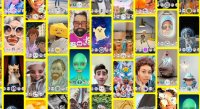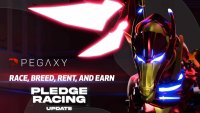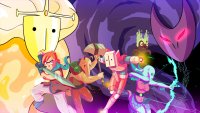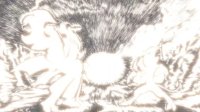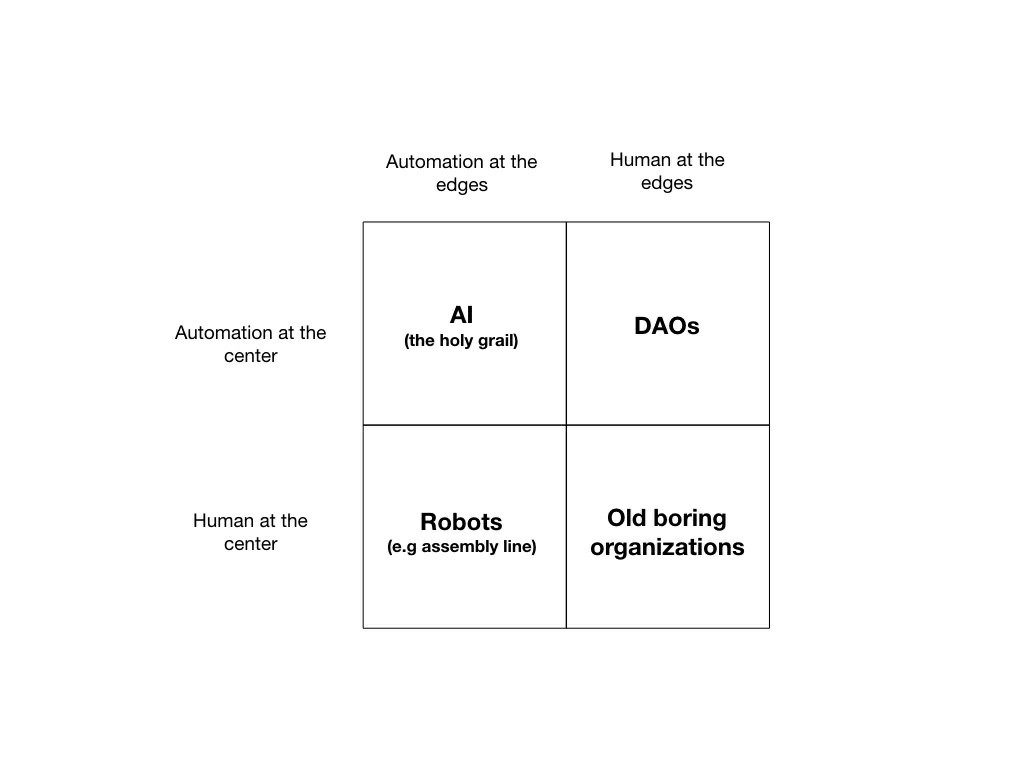
Blockchain is more than a cryptocurrency powerplant – a lot more. Self-organizing systems can be programmed to operate in blockchain, bringing about new autonomous systems in business, and in art.
The Blockchain! Is it the superhero-technology that will save mankind from its own moral shortcomings by providing a virtuous, impervious distributed ledger? This may sound like the theme of a summer movie, but as is so often the case, the truth is far more interesting than fiction.
Despite what you may know already, the promises and inspirations sparked by Blockchain are not confined to the emerging financial ecosystem that most of us are familiar with by now. There is a lot more out there!
Blockchain’s capabilities have also inspired artists and visionaries to fundamentally reframe our understanding of autonomy, scarcity, ownership and provenance in an age of digital reproduction…and those artists are bringing their visions of blockchain driven projects to life.
In this article, and the one that follows, I will briefly introduce Blockchain, present some groundbreaking artistic reflections of this technology, and discuss how these works of art can spark novel insights into an autonomous future. But to begin, it’s best to start this heroic tale at the beginning.
Blockchain’s origin story
In 2015 Satoshi Nakamoto, the mysterious founder(s) of the Bitcoin, released a white paper suggesting a distributed ledger as a cryptographically secured recordkeeper of the bitcoin currency. Nakamoto’s idea translated into what we now call Blockchain, a distributed digital ledger that Harvard Business Review (HBR) called a technology that, “has the potential to create a new foundation of our economic and social system.” I think HBR is quite right in their assessment.
The five principles for this foundational technology are the following.
- It’s a distributed database i.e. there is no single party that owns or is able to manipulate the data.
- The communication is peer to peer and not managed by a single entity.
- It is transparent in the way that everyone can see what is happening, but participants can choose to be anonymous as only an address on the blockchain is necessary.
- Through cryptographic chaining the records are irreversible and cannot be altered, and of course…
- It is programmable. Users can write code to make the whole thing interactive.
Programmability makes the blockchain interactive. That interactivity is where art begins to come into the picture (but more on that in a moment). This interactive aspect allows binding commitments, facilitated by automated flow of assets such as tokens, through the creation of smart contracts
Moreover, the technology enables a novel form of organization that concentrates activity, power and resources, without requiring centralized management or trusted agents to act as middlemen. In other words, it’s an automated organization that can arrive at decisions (based on its contract) and act on those decisions directly.
The Decentralized Autonomous Organization
This idea of an organization that is managed exclusively through smart contracts is often called a Decentralized Autonomous Organization (or DAO), first mentioned by Daniel Larimer. The visionary scope of DAOs may be best explained by Vitalek Buterin, the enthusiastic co-founder of the Etherium Blockchain which promises a simple API for scripting distributed apps. That API sparked a broad range of DAO-inspired projects from the infamous The DAO to novel concepts for ride-sharing.
In short, in Buterin’s vision, Blockchain is a shortcut that enables autonomous organizations without a centralized human management core without the need of an advanced AI. Instead, smart contracts work as much as possible in automated spheres and hire human work or human computation power when and where necessary.
As visionary and disruptive these ideas seem, artists are obliged to exemplify, question and/or bring these concepts to life in the most extreme ways. To forecast the full potential of what might become reality, a look into artist reflections can facilitate an inspirational frame for gaining insights of an autonomous world powered by the Blockchain.
In Part II of this article, I will provide two groundbreaking works of art that each take the DAO concept and bring real-world art to life by using blockchain to manage and grow themselves – and insights into how those projects are cues for the autonomous world around the corner



